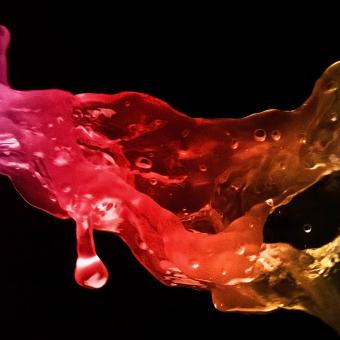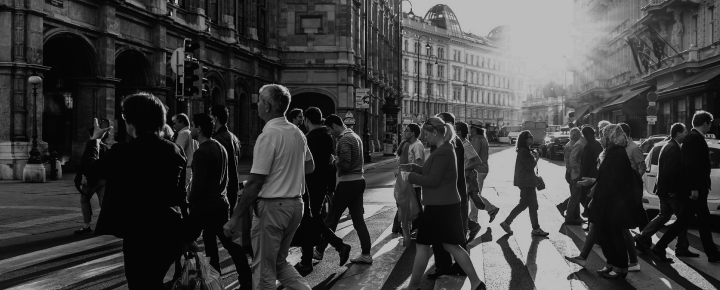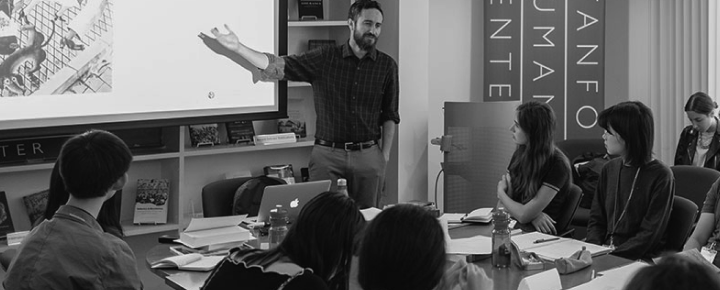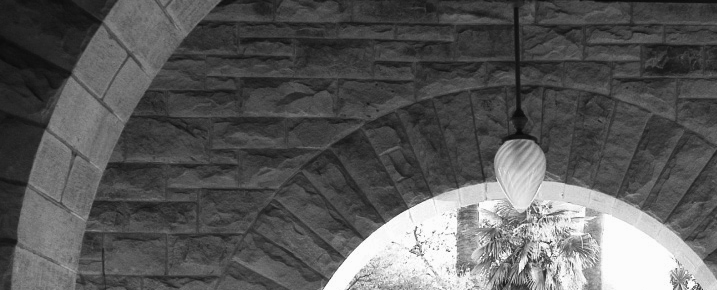


What if our accounts of the way we read “now,” as well as our narratives of the discipline’s history, were to set out not from a catalog of eras or turns, but instead from more particularized, more fluid temporalities?


“What does knowledge do?” exposes our impoverished vocabulary for discussing how what appears political inside of a particular interpretation generates political change in the broader world. Sedgwick’s question gives us license to ask: What if we took these expressions literally? What if discourse is a thing whose unfoldings we can modulate both through its meanings and through its materiality? Answering these questions requires a more strenuous examination of what we mean by the material, of how meaning matters. This is my post-critical turn.

There has been a noticeable doubling down on critique in African American literary studies. But postcritique is thriving in less-recognized work in the field: namely, scholarship that is oriented around empirical analysis of textual objects and that is animated by theoretical and practical reflection on archival research.

I don’t think that in the English language we possess a good vocabulary for talking about the pleasures of readerly discomfort and difficulty: the feeling that one part of ourselves leaps ahead while another part lags behind.

One doesn’t need a metaphysics of history to sense when a form of life with its attendant rituals, pieties, and practices has grown old. Theory’s reign in literature departments has long been past the point when its claims arrived with salutary shock in the profession.

Post-critical methods of reading promise to apprehend the forces of aesthetic objects in their own terms. By granting that aesthetic surfaces speak in a different language than literary criticism, post-critical reading permits us to broaden the aesthetic forms that count as “critical” and the ways in which critique functions through aesthetic form. I call for new grammars of aesthetic agency, ones that more expansively account for the critical and creative forces that aesthetic objects harness to press back against the impasses of their contemporary moment.



